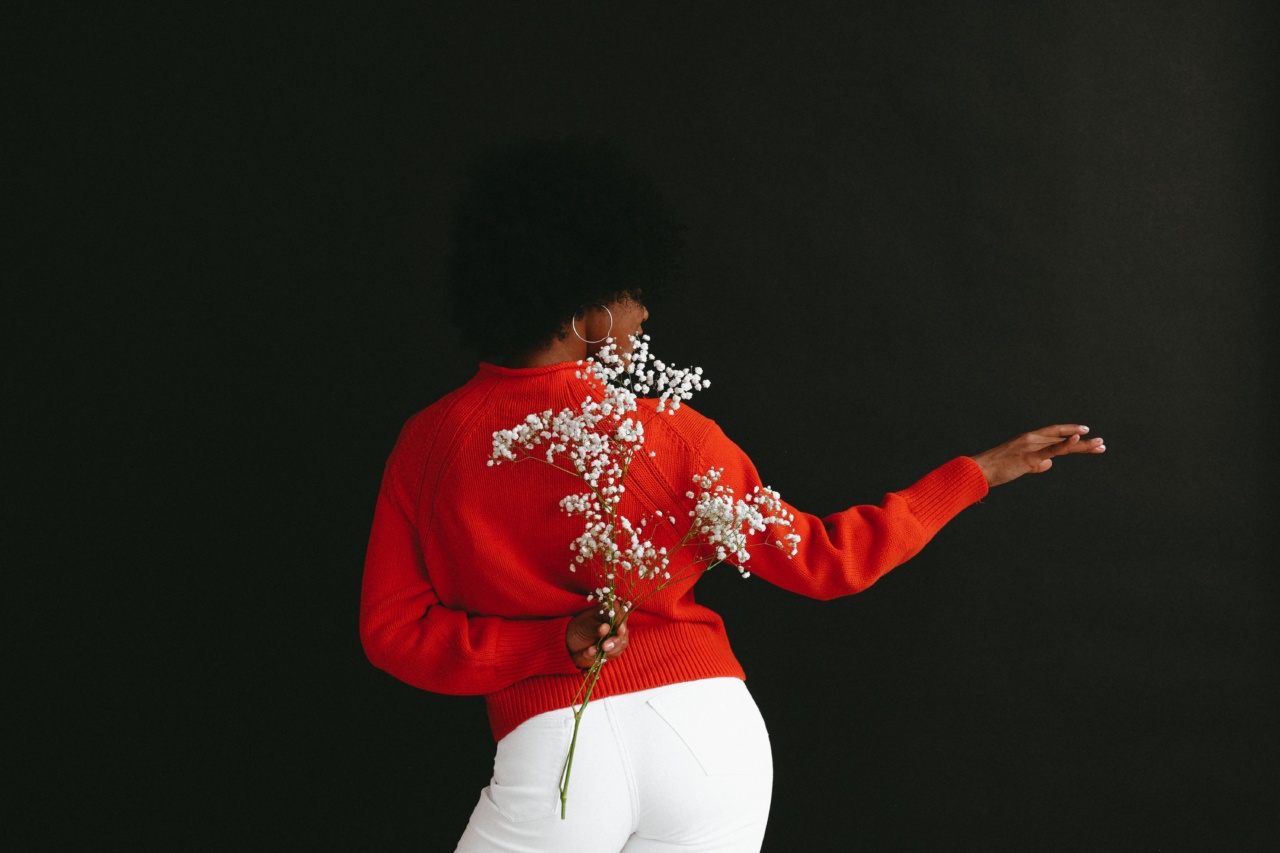Falling in love is one of the most amazing experiences of life. The feeling of butterflies in the stomach, the constant thoughts of your partner, and the happiness that fills the heart are unmatched.
But have you ever thought about what goes on in your body when you fall in love? What are the hormones responsible for all these emotions? In this article, we will explore the hormones behind falling in love.
Dopamine
Dopamine is the hormone responsible for the feeling of pleasure and reward. It is released when we do something that brings us joy, such as eating good food or achieving a goal.
When we fall in love, dopamine is released in abundance, leading to the feeling of euphoria associated with being in love. This is why we feel happy and excited when we are with our partners.
Oxytocin
Oxytocin is often referred to as the “love hormone” because it plays a significant role in forming emotional bonds between people.
It is released in large amounts during romantic physical contact such as kissing, hugging, and sexual activity. Oxytocin also plays a role in childbirth and breastfeeding, and it is released in women during these processes. When you fall in love, oxytocin increases your feelings of attachment and trust towards your partner.
Serotonin
Serotonin is known as the “happiness hormone” because it helps to regulate mood and promote feelings of well-being. When we fall in love, the levels of serotonin in the brain decrease.
This is why we may feel obsessed and anxious about our partners when we first start dating them. However, as the relationship progresses, the levels of serotonin return to normal, leading to more stable feelings of love and contentment.
Endorphins
Endorphins are hormones that are released during physical activity, such as exercising or having sex. They are responsible for the feelings of pleasure and pain relief associated with these activities.
When we fall in love, endorphins are released, leading to increased physical attraction and a heightened sense of pleasure and satisfaction when we spend time with our partners.
Vasopressin
Vasopressin is a hormone that plays a crucial role in pair-bonding. It is released in both men and women during sexual activity and is thought to promote trust and monogamy.
Studies have shown that people who have higher levels of vasopressin in their bodies tend to have more long-term relationships and experience deeper feelings of love and attachment towards their partners.
Testosterone
Testosterone is often associated with masculinity, but it also plays a significant role in female sexuality. It is responsible for the libido or sex drive in both men and women.
When we fall in love, testosterone levels increase, leading to increased sexual desire and attraction towards our partners.
Estrogen
Estrogen is the primary female sex hormone, but it is also present in men in smaller amounts. It plays a role in the menstrual cycle, bone health, and sexual function.
When we fall in love, estrogen levels increase in women, leading to increased emotional bonding and the desire for physical intimacy with our partners.
Cortisol
Cortisol is often called the “stress hormone” because it is released in response to stress and anxiety. When we fall in love, cortisol levels decrease, leading to decreased feelings of stress and anxiety and overall greater well-being.
Adrenaline
Adrenaline is the hormone that is released during the “fight or flight” response. It helps the body to respond to danger and increases heart rate, blood pressure, and breathing.
When we fall in love, adrenaline is released, leading to the feeling of excitement and nervousness associated with new relationships.
Conclusion
As we can see, falling in love is a complex interplay of various hormonal changes in the body.
Dopamine, oxytocin, serotonin, endorphins, vasopressin, testosterone, estrogen, cortisol, and adrenaline all play different roles in creating the intense feeling of love and attachment towards our partners. Understanding these hormones can help us to appreciate and enjoy the beauty of falling in love.






























